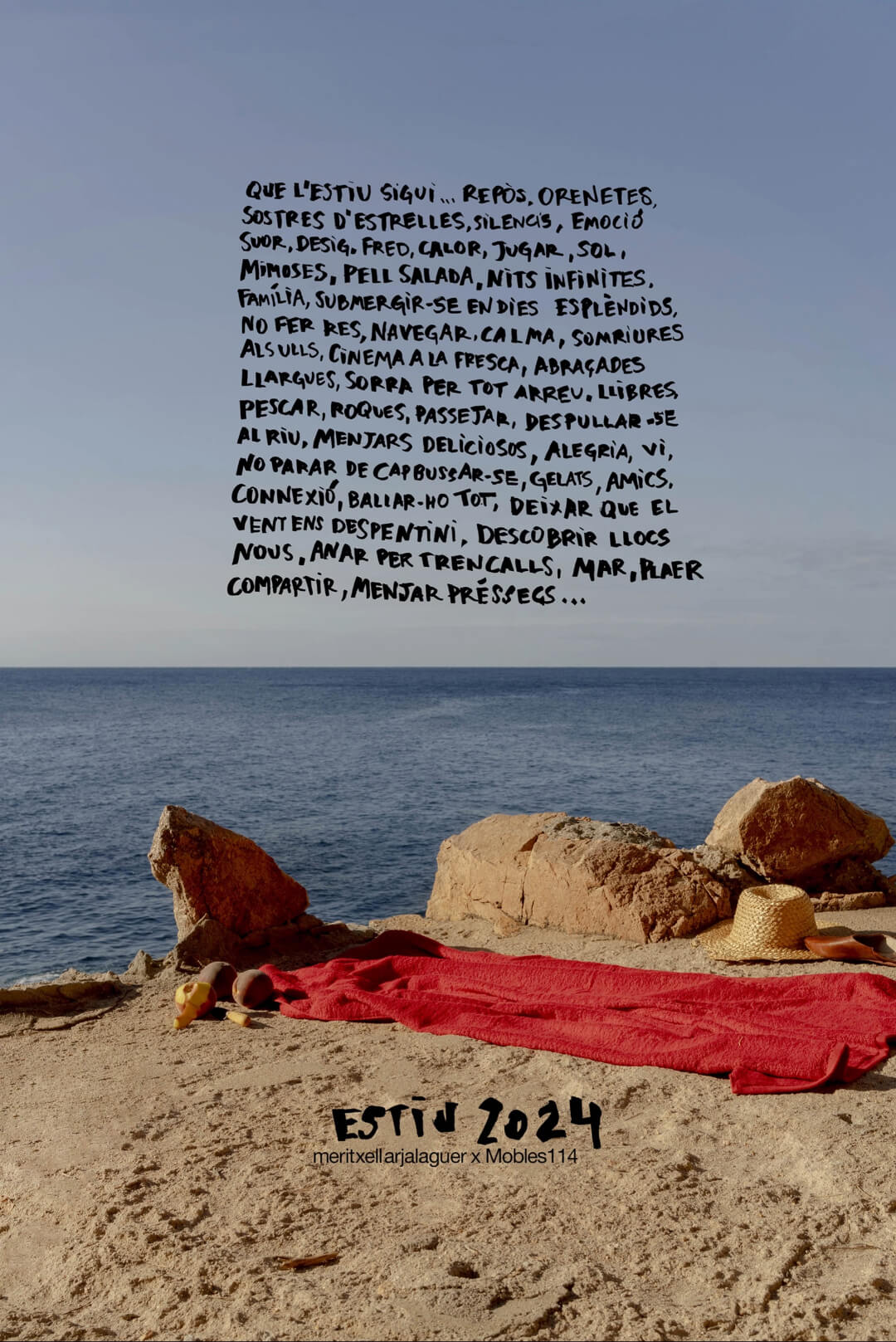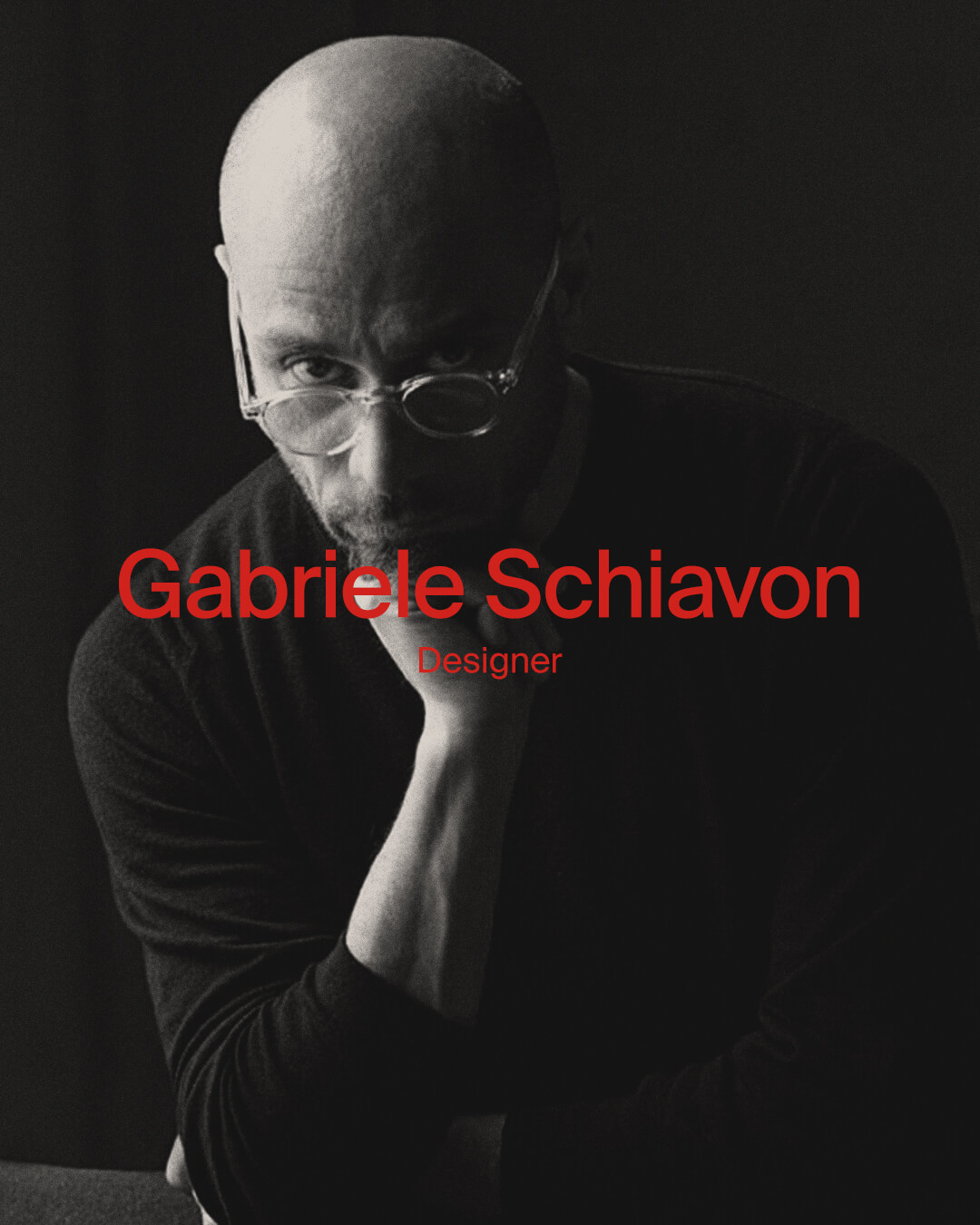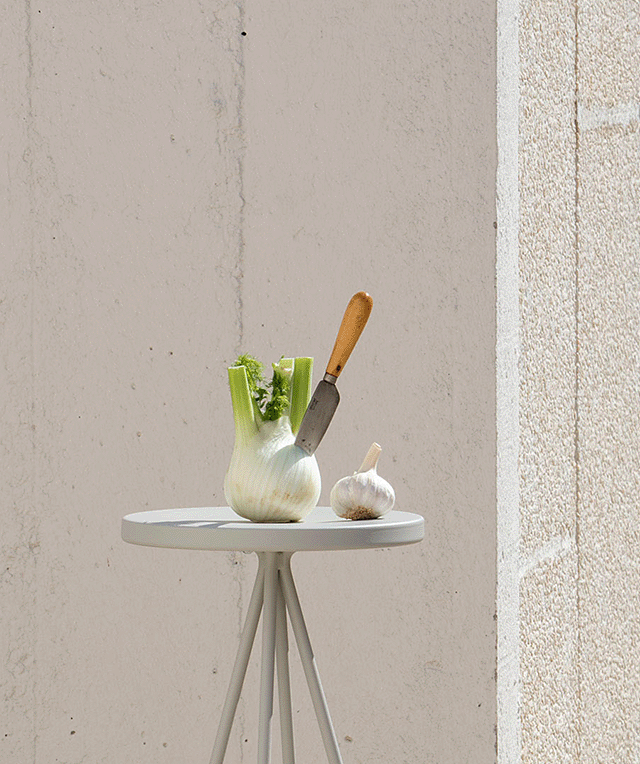The honest design of the Fil lamp
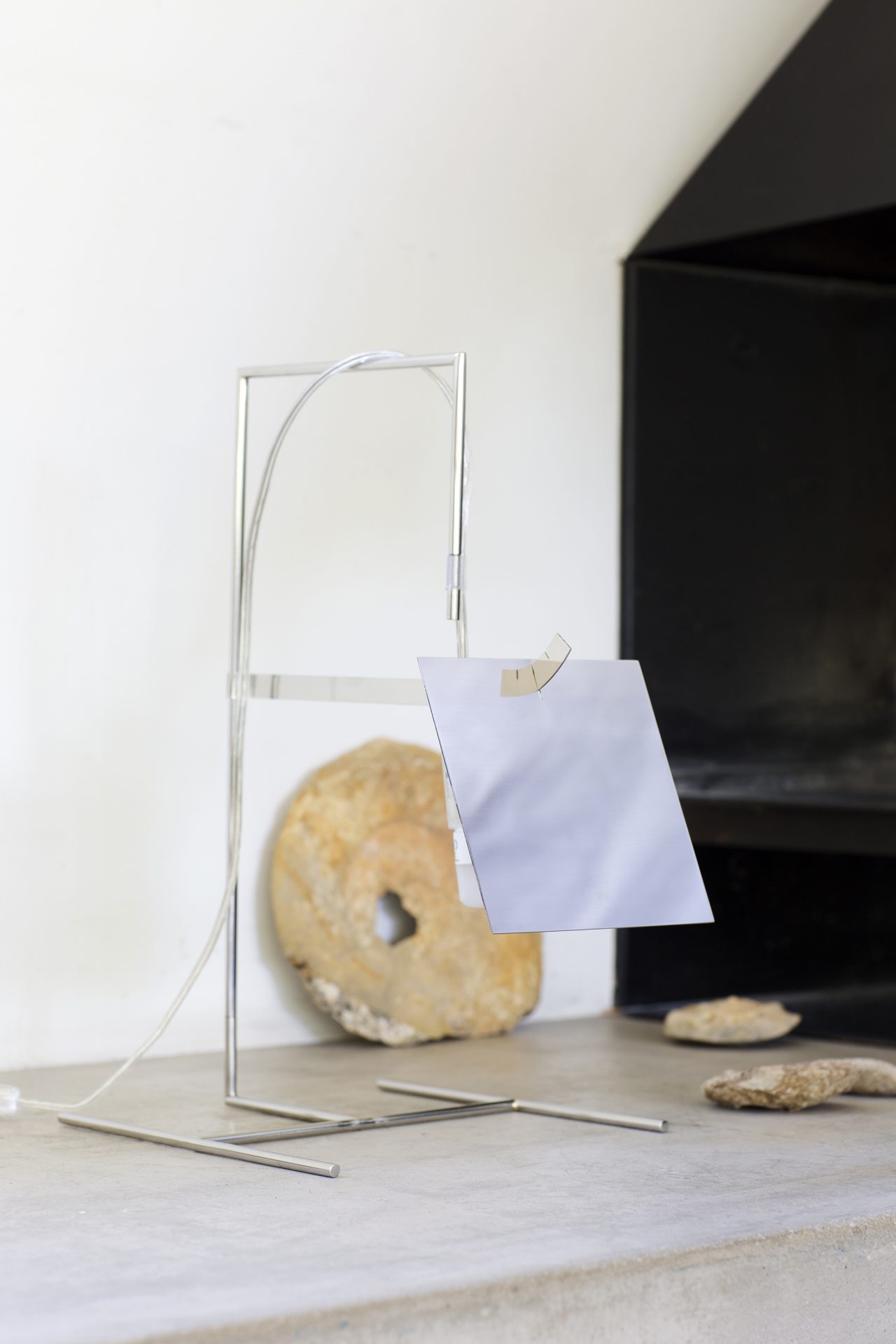
If each building tells a story about the city in which it was built, each lamp reveals the designer’s relationship with light.
Fil, a design conceived by Álvaro Siza Vieira in 1991 one year before winning the Pritzker Prize, shows how the architect understands light as one of the elements in his design. In his works, Siza considers the location or shape of the building’s openings in relation to the needs of the space, an idea that stems from Frank Lloyd Wright’s reflection on the beauty of a windowless building.
This way of understanding light in its entire spectrum, as if it were just another material or construction element, is extrapolated by Siza to the small scale with the Fil lamp, presenting a simple design that focuses on the function for which it was designed: to illuminate.
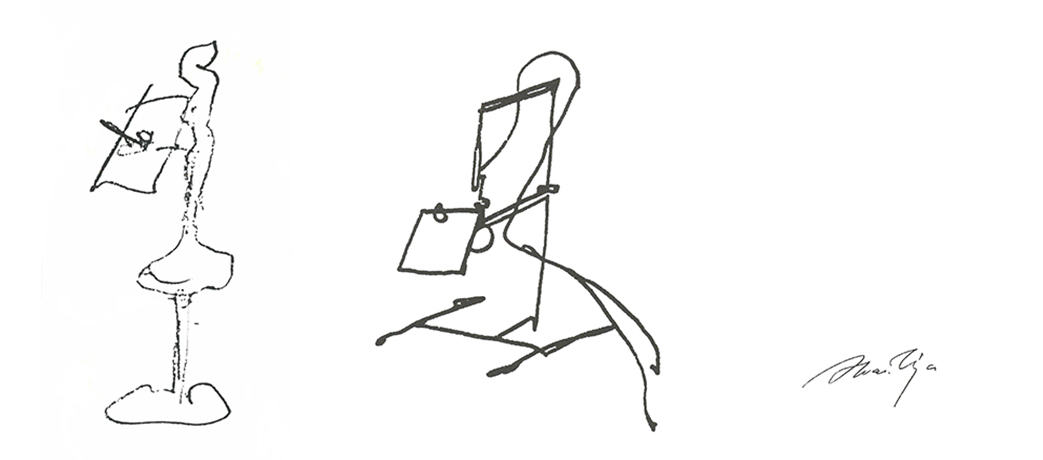
This is how the architect presents a stainless steel functional table lamp featuring a minimal structure, stripped of any ornaments and inspired by the evolution of the old metal lamps that included a shade to avoid glare.
Composed of the essential elements that make up an electric lamp (a support, the electric cable with the bulb at its tip and a shade), Siza signs this radically honest design that is part of Mobles114’s catalog of classics.
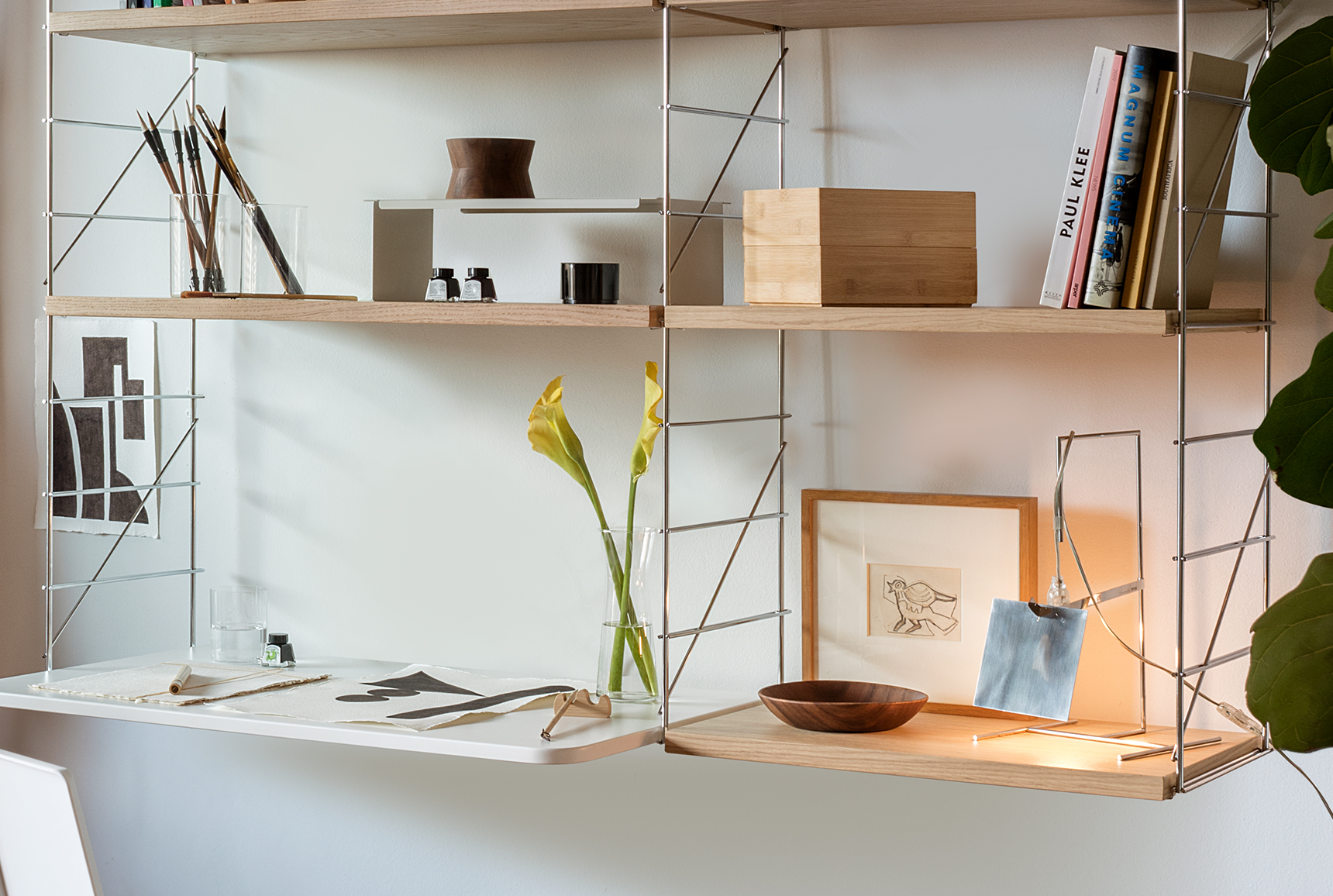
Some years later, in 2017, architect Eduardo Souto de Moura would recall, as if it were a chapter from Tanizaki’s In Praise of Shadows, how the lamp evoked his earliest memories in relation to light: “Before there was electricity, in my grandparents’ house there were oil lamps whose flame was protected from the front by a rectangular plate. The result was an indirect light reflected on the wall, a fact that has always pleased the architect Álvaro Siza.”
Antes de haver luz eléctrica, havia em casa dos meus avós umas lamparinas que funcionavam com azeite, e cuja chama era protegida frontalmente por uma placa rectângular. O resultado era uma luz indirecta reflectida na parede, facto que agradou desde sempre ao Arqº Álvaro Siza.
Siza, parte sempre para um desenho novo a partir de algo anterior, pré-existente, adequando-o à circunstância actual, com materiais, sistemas construtivos e linguagens diferentes. Siza, tal como na arquitectura, não desenha o “novo” no vazio, mas redesenha sempre qualquer coisa que se perdeu e tem que ser ajustado ao nosso tempo, à nossa cultura, daí o candeeiro Helena, daí a base da leve estrutura em aço, ser um H.
Porto, 20 de Março de 2017
Eduardo Souto de Moura
Images: Jara Varela (1), Meritxell Arjalaguer (3)
